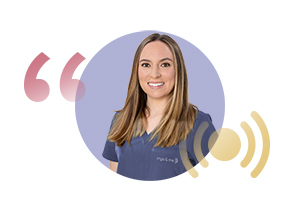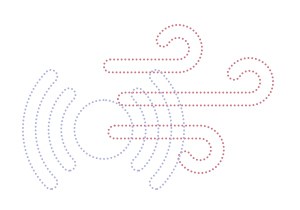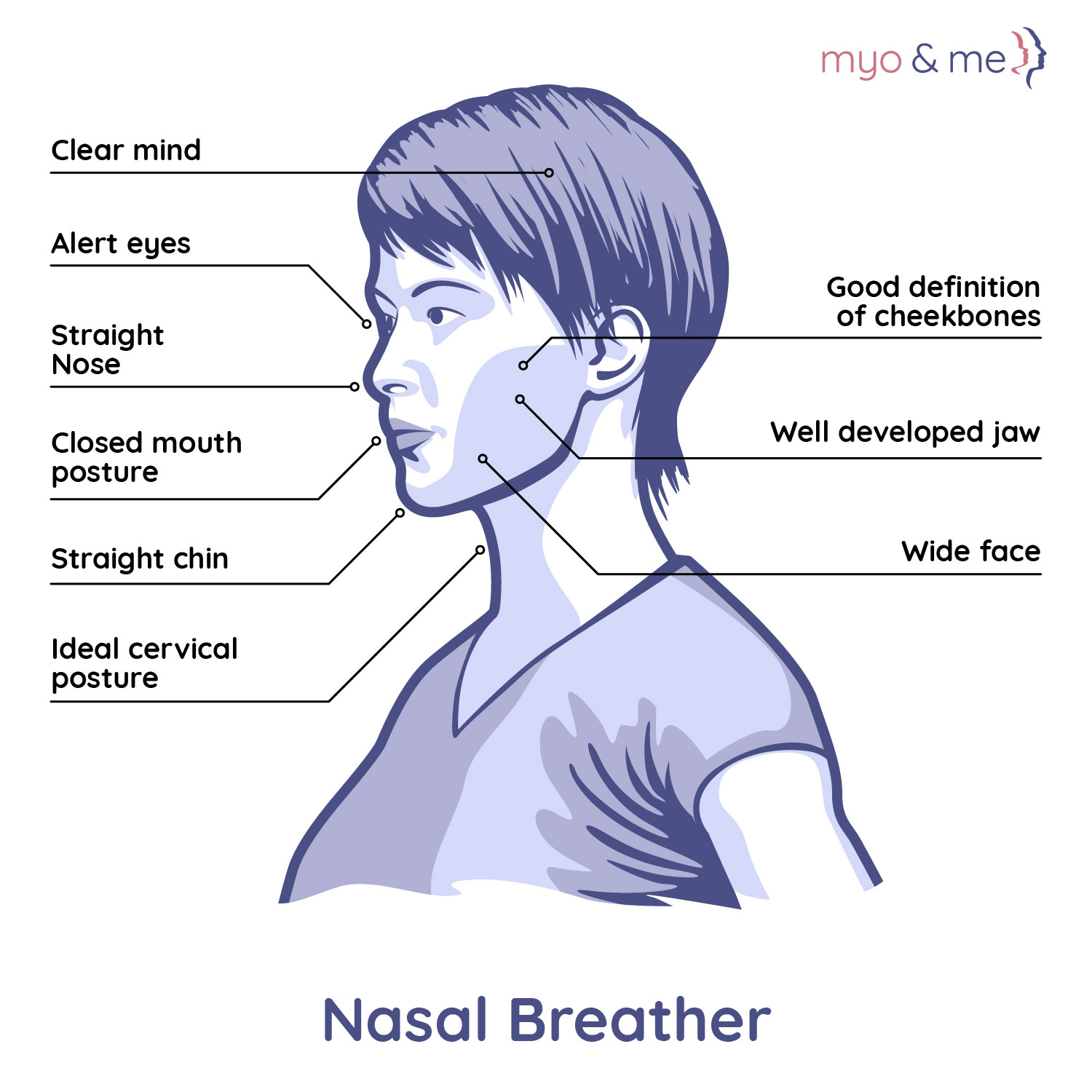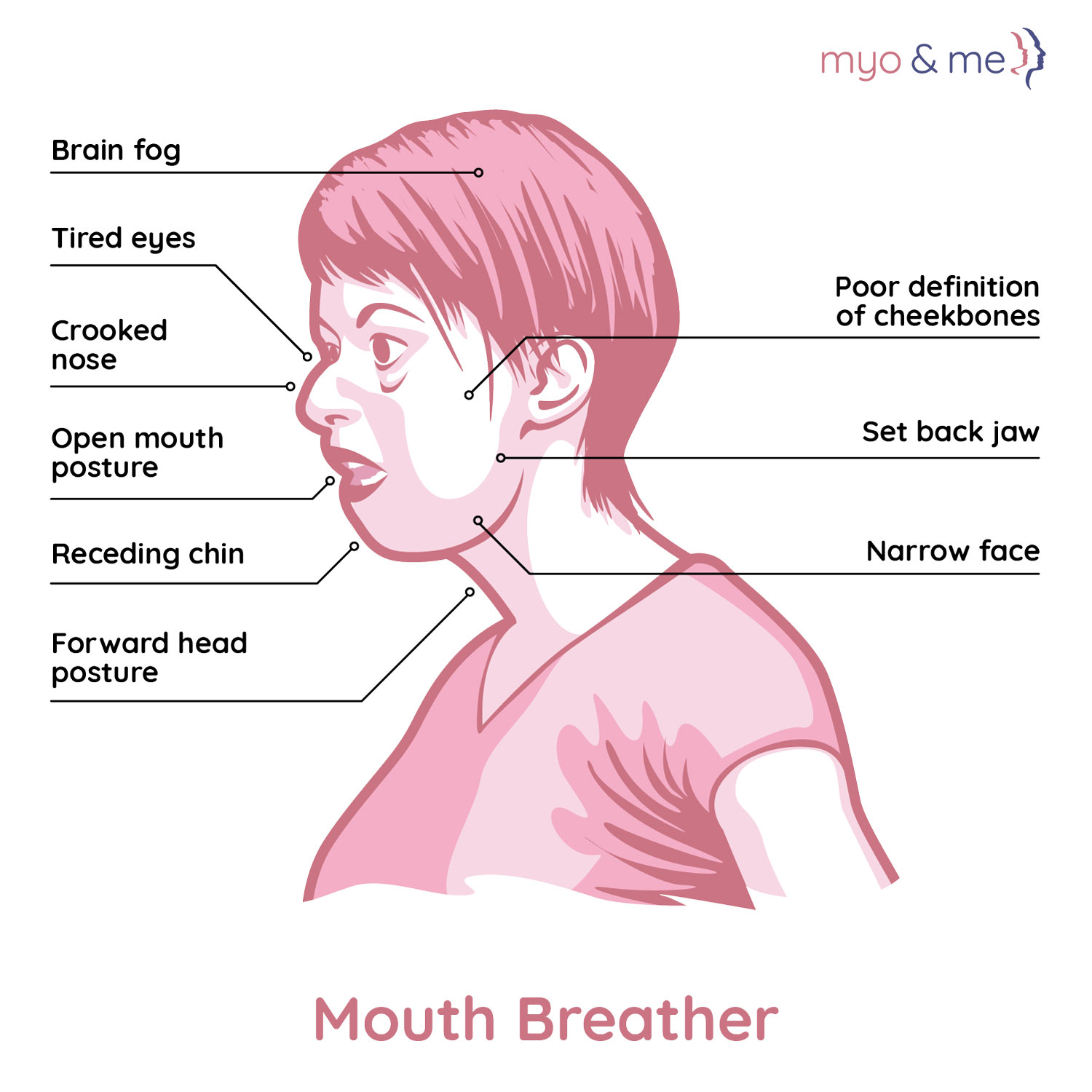
“One of the most important outcomes we aim for through Myofunctional Therapy is a shift from mouth to nasal breathing.”
– Jennifer

Addressing Mouth Breathing Through Myofunctional Therapy
Mouth breathing is a common sign of someone who has an Orofacial Myofunctional Disorder. One of the most important outcomes we aim for through Myofunctional Therapy is a shift from mouth to nasal breathing, and realising many of the benefits this can bring.
Consequences of Mouth Breathing
Mouth breathing may have a broader impact on the structure and appearance of the face. Common symptoms of someone who mouth breathes include:
- Dry lips that are often open
- A narrow palate
- A long face
- Dark circles under the eyes
- Asymmetrical facial features
- Bad breath
- Dental issues such as wonky or overcrowded teeth
- Drooling
Benefits of Nasal Breathing
Nasal breathing can significantly reduce the severity of these symptoms, as well as bring wider benefits. When breathing through the mouth, the air tends to be dry and full of impurities which can contribute to more colds and nasal/throat/sinus infections. When we breathe through our nose, it naturally filters and humidifies the air and arrives in our lungs ‘cleaner’.
Reduced mouth breathing can also bring positive changes in the way patients eat – by focussing on keeping the lips together, chewing food becomes more efficient. This reduces the likelihood of swallowing air, lessening the potential for digestive problems.


However, those who mouth breathe extensively may have a more serious underlying issue, particularly when it comes to how they breathe during sleep.
Understanding Sleep-Disordered Breathing
Sleep-disordered breathing refers to a range of sleep-related breathing conditions. One of the most serious disorders is obstructive sleep apnoea, which occurs when breathing stops and starts during sleep. Common symptoms of sleep apnoea include snoring, making gasping or snorting noises, or waking frequently.
Apnoea can regularly interrupt your sleep. As the tongue and muscles of the throat relax during sleep, the airway can become obstructed if these muscles are not functioning correctly. As the airway becomes blocked, the amount of air flowing through it reduces and causes a drop in oxygen levels. This is exacerbated if there is a nasal passage obstruction and the person mainly mouth breathes as a result. This obstruction triggers the brain to send signals that wake the individual just enough so that they can breathe again. If this happens multiple times per night, this can cause major sleep disruption.
Impacts of Sleep-Disordered Breathing
The reduced quality of sleep can have a significant effect beyond feeling drowsy the next day. It can also affect:
- Concentration (‘brain fog’)
- Behaviour
- Memory
- Performance at school or work
In children, a lack of quality sleep can lead to them appearing hyperactive, rather than the more expected symptoms of tiredness.
Apnoea can also bring a high risk of other, life-threatening conditions if left untreated. It can contribute to an increased pressure on your heart and cardiovascular problems, including arrhythmias, high blood pressure and increased risk of a heart attack and/or stroke. It can also lead to metabolic disorders such as type 2 diabetes.
Myofunctional Therapy plays a pivotal part in reducing the symptoms of sleep-disordered breathing, through the continued emphasis on nasal breathing and muscular re-education and strengthening.
It is important to talk to speak to your GP promptly if you recognise any of the above symptoms in yourself or a loved one.
Our Treatments
We provide Myofunctional Therapy to adults and children from 2 years old. Myofunctional Therapy with Myo & Me is designed to put you – the whole you – first, with treatments tailored to your individual needs. We believe in making therapy enjoyable, accessible, and manageable to drive successful outcomes for our patients.
Holistic Patient Care
Myofunctional Therapy is mainly delivered online, though we hold our Myofunctional Assessments and, where required, some treatments in-person at our London clinic.
We deliver Myofunctional Therapy in collaboration with other healthcare professionals located in London and across the UK, including orthodontists, ENT (ear, nose and throat) doctors, and osteopaths.
Myo & Me has a network of specialists in these areas that are equally passionate about delivering a holistic approach to patient care and maximising patient outcomes.
